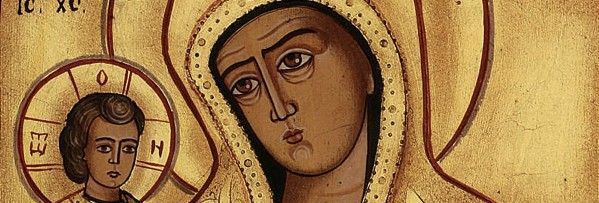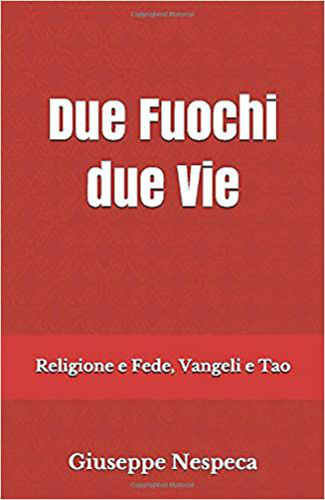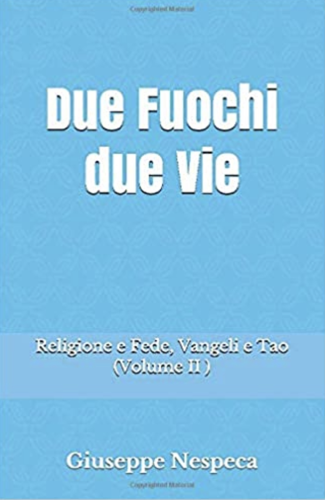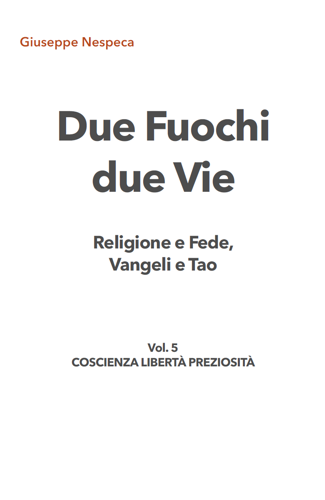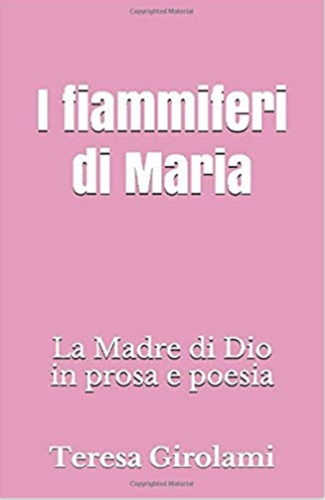Flame and Peace, Immersion and Division. Not tactical quietism
(Lk 12:49-53)
"I have come to cast a fire on the earth, and how I wish it had already blazed!" (Lk 12:49).
The difference between religiosity and Faith is made evident in the comparison between the mentality that identifies the biblical Fire with punishment, and that of a sacred Flame poured out with a passion of love (v.49) that evokes the Gift on our behalf.
Francis proclaimed: "Laudato sie, mi Signore, per frate focu,/ per lo quale ennalumini la notte:/ et ello è bello e iocundo/ et robustoso et forte".
For the Poverello of Assisi, fire was a "noble and useful element among the creatures of the Most High" [Legenda antiqua].
He had with "frate focu" a disconcerting relationship of courtesy. Certainly it did not drive out the night in the same way as the Sun, but it brought light into it.
By contrast, the disciples' blaze was not much: James and John wanted it to incinerate adversaries or unfortunates (Lk 9:54).
Before Jesus, John the Baptizer was still waiting for a Messiah who would immerse everyone in a devouring and executing bonfire (Lk 3:17).
In the passage of e.g. Mt 19:13-15, the same theme is mixed up with the purist and fundamentalist ardour of the apostles, who at all costs wanted to detach Jesus from his beloved ones, who had not the slightest intention of being submissive.
The fire of Faith announced by the Person and activity of the Son does not consume, it does not corrode; on the contrary, it is like food: fullness of energy for a complete life, not a destructive or separating element.
It revives people, relationships and the surrounding reality. It changes our relationship with God, with ourselves and our neighbour. Such is the division proclaimed (v.51): the dividing line of our Calling.
In common devotion the error of judgement or weak condition is considered an infirmity, to be pointed out, corrected, punished.
Doctrine and discipline constitute the outer armour of consciences, and worship celebrates and inculcates them [not infrequently, in a conformist and shoddy, albeit pretentious, manner].
The "impurities" should not be "merged" into the divine and providential Fire: only normalised according to atavistic prescriptions, or sophisticated ideas à la page.
For life in the Spirit, on the other hand, the focus is elsewhere: personal fluctuations become possibilities; break-downs a new Force.
Sense of incapacity, failure and hindrances arouse intensity, exchange, dialogue, new elaborations, the search for other processes; even rages of indignation that flare up and stimulate redemption.
Faith ignites wave after wave, in welcoming and corresponding God who reveals himself, calls and still proposes - even cross-mixing, entangling abstract purisms.
"We dream as one humanity" - underlines the encyclical Fratelli Tutti (n.8), rejoicing "in the diversity" that inhabits us (cf. n.10).
In the imperfection of critical situations, the Father does not throw stones at us, but Bread [not stale - as in ancient ideologies].
Our unsatisfactory situations are also Food and Flame: the boulders that seemed to crush us and made us negative are taken up, they become petrol that projects; jubilation, which - instead of 'settling' us - makes us grow again.
Called to collaborate, we participate in the same creative, free and cheering action of the Lord.
He directs us to the unprecedented Peace of becoming wholeness, of all-round humanisation yet to be acquired.
The Plan of Love evolves and strengthens through concrete events, not excluding the enthralling dynamics that arise from the awareness of one's own boundary - of which one should not be rid of.
Faith does not create disintegrating idols, equating eccentricity and sin, it only rests its gaze on them to understand, allowing them to melt and blossom from that mouldable energetic magma, transfiguring us.
For old beliefs it was unimaginable that the Most High did not feel repugnance for our condition - and precisely on the folds of carnal precariousness wanted to build a story of salvation.
Instead, the Son is our accomplice. He even winks at those aspects that the conformist gaze dismisses as imbalances, disorders, illnesses.
He wants to make of each one of us not a censor or a do-gooder, but an unrepeatable masterpiece - not built in a test-tube, but which you do not expect.
The Lord does not standardise or sterilise, demanding acting or climbing out of nature. It is He who humanises Himself - even in our quirks.
He recognises Himself in that which is steeped in expectation and sweat, even though it is deemed unbecoming of the [even devout, or conversely, sophisticated] man who yearns to elevate himself.
Do we feel settled and 'arrived'? Only here there is no 'fire', no passion, no discovery, no genesis, no therapy - and we are not even at the threshold of Faith.
"Incarnation" is the recovery of opposite sides: imperfection becomes a spring, with its treasures we cannot see, hidden behind dark sides.It is those sides that will then dominate our Desire.
That's the whole game: we start from where we are, and attention to the occasions of the imperfect present - which we must not rush to disinfect - will make us wince at the unexpected life that re-emerges there.
The Flame of the Spirit that is building the Newness of God lurks in the embers and sides deemed inconclusive or opposing - it does not place itself in the shop window to stifle instinct at once.
Thus the Church: not 'functional', but life-giving. Kingdom and territory not marked by tactical pacifism, which anaesthetises.
In this way, Baptism is not a rubric or a hand of grey and common opinion, nor a device that brands, immediately cornering personalities and tensions - but an Immersion (v.50 Greek text).
"Now why do you not also judge for yourselves what is right?" (v.57).
In Christ we are empowered to think and are made autonomous, for a solid fraternity with ourselves, which has 'stopped' - and which unfolds by revitalising Oneness.
By tending the neglected parts and merging the extraneous or dissimilar sides, from the exteriority of things we are brought back to the Origin of what happens.



